Archives
- 2025-11
- 2025-10
- 2025-09
- 2025-03
- 2025-02
- 2025-01
- 2024-12
- 2024-11
- 2024-10
- 2024-09
- 2024-08
- 2024-07
- 2024-06
- 2024-05
- 2024-04
- 2024-03
- 2024-02
- 2024-01
- 2023-12
- 2023-11
- 2023-10
- 2023-09
- 2023-08
- 2023-06
- 2023-05
- 2023-04
- 2023-03
- 2023-02
- 2023-01
- 2022-12
- 2022-11
- 2022-10
- 2022-09
- 2022-08
- 2022-07
- 2022-06
- 2022-05
- 2022-04
- 2022-03
- 2022-02
- 2022-01
- 2021-12
- 2021-11
- 2021-10
- 2021-09
- 2021-08
- 2021-07
- 2021-06
- 2021-05
- 2021-04
- 2021-03
- 2021-02
- 2021-01
- 2020-12
- 2020-11
- 2020-10
- 2020-09
- 2020-08
- 2020-07
- 2020-06
- 2020-05
- 2020-04
- 2020-03
- 2020-02
- 2020-01
- 2019-12
- 2019-11
- 2019-10
- 2019-09
- 2019-08
- 2019-07
- 2019-06
- 2019-05
- 2019-04
- 2018-07
-
Over the last decade intense efforts
2022-05-19
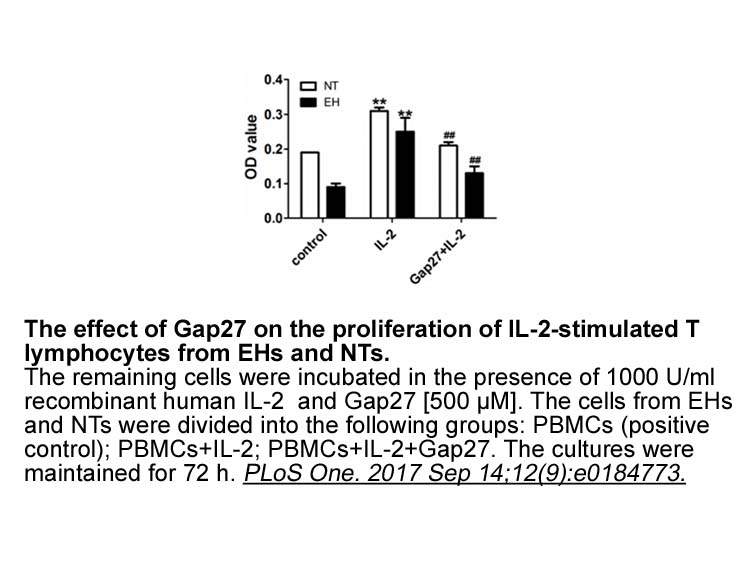
Over the last decade, intense efforts have been devoted toward identifying IN inhibitors as potential drugs against HIV. Raltegravir and elvitegravir are integrase strand transfer inhibitors (INSTIs) that have been approved for therapy and dolutegravir is another INSTI that is currently in advanced
-
Histone acetylation is regulated by two groups
2022-05-19

Histone acetylation is regulated by two groups of enzymes, histone acetyltransferases (HATs) and deacetylases (HDACs), with antagonizing functions (Wang et al., 2009b). Among members of HATs, p300 and CBP are homologous. Both are global transcriptional co-activators (Ogryzko et al., 1996), and play
-
p neurotrophin receptor p NTR
2022-05-19

p75 neurotrophin receptor (p75NTR or CD271), a member of the tumor necrosis factor receptor superfamily, has been implicated in several steps of glioma tumorgenesis [5]. p75NTR mediates glioma invasion and progression through γ-secretase-dependent and -independent mechanisms [6], [7], and its expres
-
5-Methyl-CTP br Discussion The present study explored that t
2022-05-18

Discussion The present study explored that the effect of the MTP gene −493G/T polymorphism on the risk of hepatic steatosis in Turkish patients with chronic HCV genotype 1 infection. Some researchers revealed that the MTP gene −493G/T polymorphism was associated with hepatic steatosis in CHC infe
-
Concerning GST we could appreciate
2022-05-18
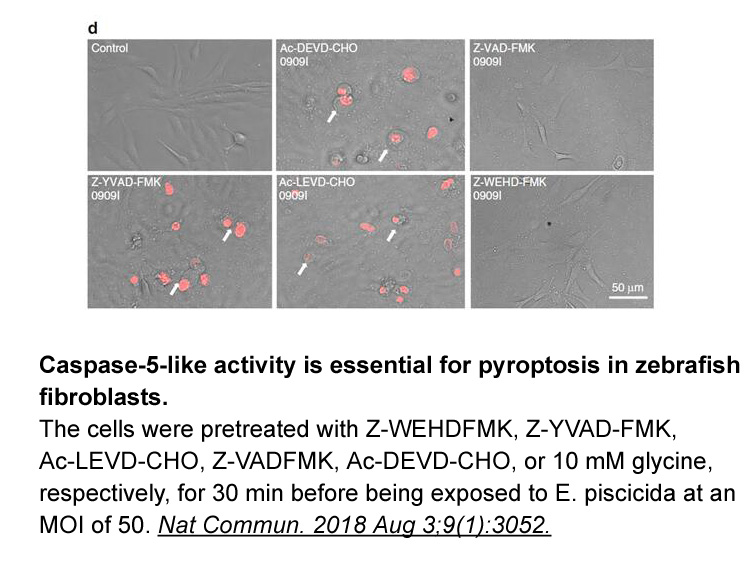
Concerning GST, we could appreciate that when snails were exposed to the chosen concentrations of chlorpyrifos, the activity was not modified. According to this result, Kristoff et al. (2008) and Domingues et al. (2007) showed no effects on GST in B. glabrata and L. variegatus exposed to azinphos-me
-
Several compounds have been described in the literature as i
2022-05-18

Several compounds have been described in the literature as inhibitors of the sGC. Among them, methylene blue and LY83583 () are not direct sGC inhibitors, but rather block cGMP formation by generating superoxide anion radicals that deactivate NO. Despite their extensive use in plethora of research s
-
Numerous stimuli lead to inactivation of GSK including
2022-05-18

Numerous stimuli lead to inactivation of GSK-3, including Growth Factors such as EGF (Epidermal Growth Factor), PDGF (Platelet-Derived Growth Factor), BDNF (Brain-derived neurotrophic factor), IGF (Insulin-like growth factor) and insulin (Beaulieu et al., 2009, Chen and Russo-Neustadt, 2005, Cohen a
-
Finally a potentially effective therapeutic approach
2022-05-18

Finally, a potentially effective therapeutic approach is to target the LDH enzymes that mediate bidirectional conversion of pyruvate into lactate. In particular, because LDHA is the predominant isoform expressed in glycolytic tumours, an array of LDHA-targeting compounds have been proposed and valid
-
GLP is an intestinal peptide hormone that is
2022-05-18
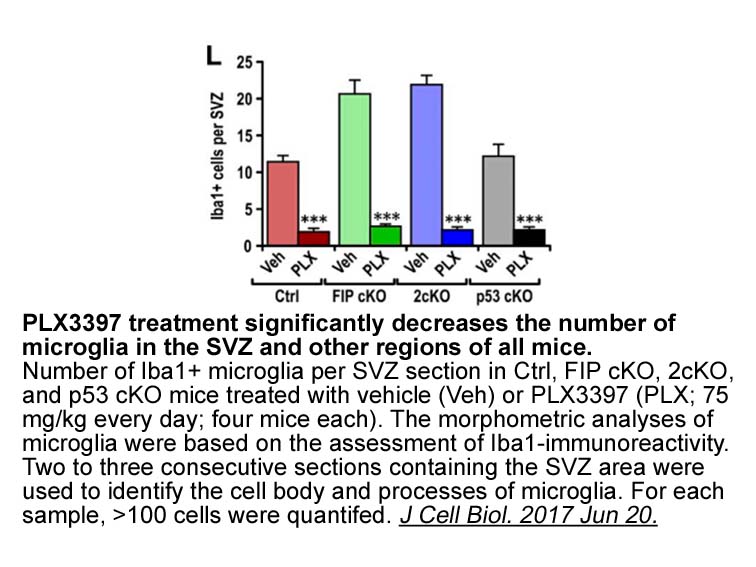
GLP-1 is an intestinal peptide hormone that is released by the gut following ingestion of food, particularly chemokine receptor antagonist and fats. Following its release, GLP-1 stimulates pancreatic β-cells to secrete insulin (Hirasawa et al., 2005, Covington et al., 2006). Originally, GLP-1 acted
-
The differential tissue and ligand dependent signaling descr
2022-05-18
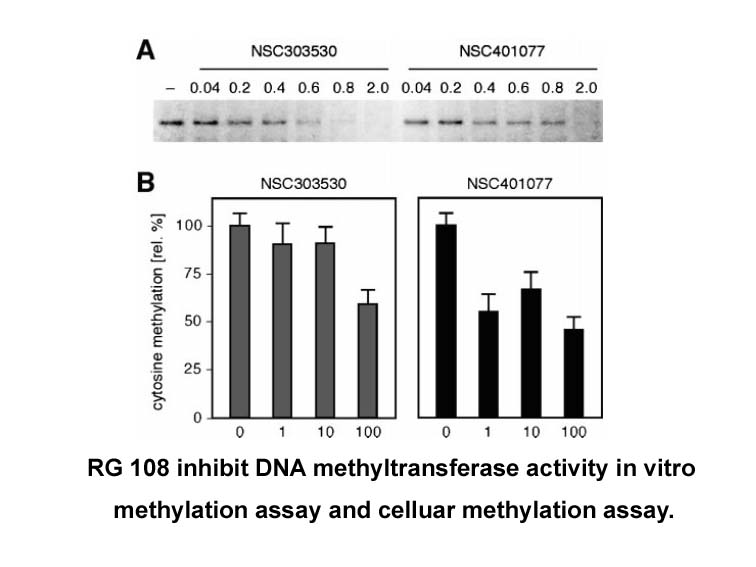
The differential tissue- and ligand-dependent signaling described here has important implications for the therapeutic potential of synthetic GPR109A agonists for the treatment of atherosclerosis. The failure of MK-0354, a biased, partial GPR109A agonist, to activate signaling pathways upstream of va
-
Nafamostat Mesylate Conjugated BAs via S PR also activate ER
2022-05-18
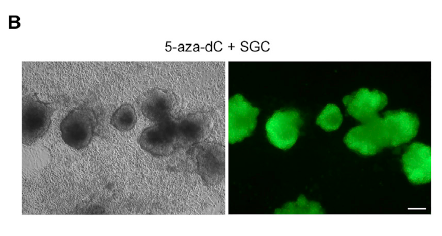
Conjugated BAs via S1PR2 also activate ERK1/2- and AKT-signaling pathways leading to the growth and invasion of cholangiocarcinoma cells. The role of conjugated BAs via S1PR2 to regulate apoptosis or cancer progression remains to be dissected. Nevertheless, there is no doubt that the composition of
-
In the brain hydrolysis of
2022-05-18
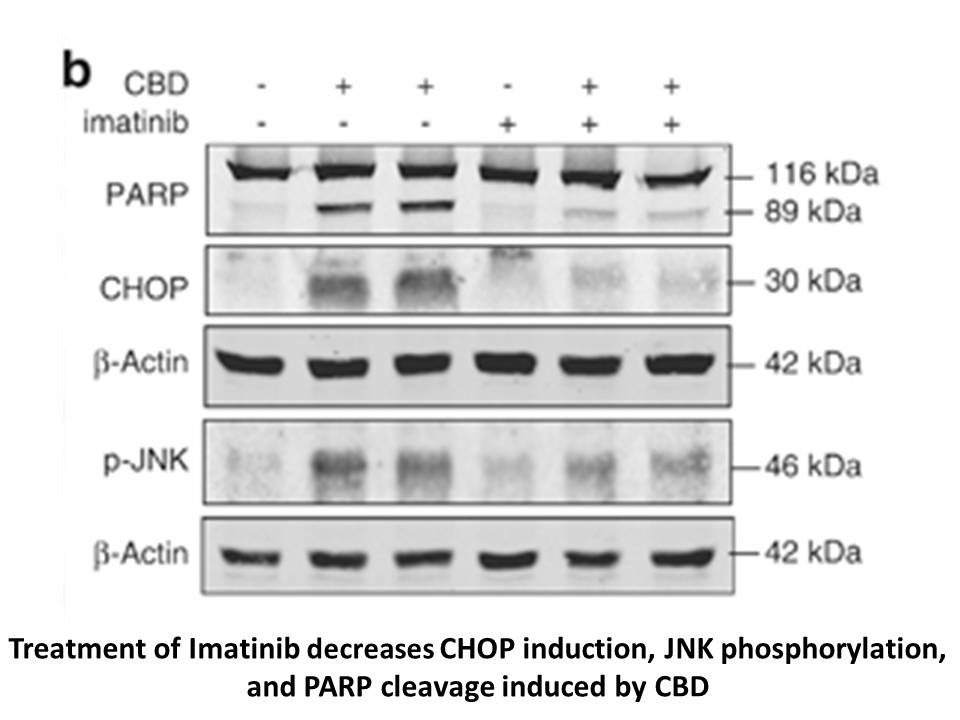
In the brain, hydrolysis of 2-AG by MGL is the primary source of AA for conversion to PGs by cyclooxygenase (Nomura et al., 2011). PGE2 production is required for IL-1β-evoked synapse loss (Mishra et al., 2012). Here, we tested whether decreased PG levels contributed to the synapse protective effect
-
Generally speaking the regulation of GnIH on gonadotropins s
2022-05-18

Generally speaking, the regulation of GnIH on gonadotropins synthesis and release, although controversial, could be direct and/or indirect via GnRH, among others peptides. In this sense, different scenarios have been reported in vertebrates. In mammalian and avian species, GnIH fibers reach the medi
-
rad51 inhibitor The HRTOF MS of showed a quasi
2022-05-18

The HRTOF-MS of showed a quasi-molecular ion peak at / 525.3044 [M+Na], corresponding to a quasi-molecular formula of CHNONa (Calcd for CHNONa: 525.3053). IR absorptions at 1680 and 1522cm suggested the presence of amide functions. Based on an analysis of 1D and 2D NMR spectra, the presence of one
-
br Conclusion br Acknowledgments br Introduction The gyloxal
2022-05-18
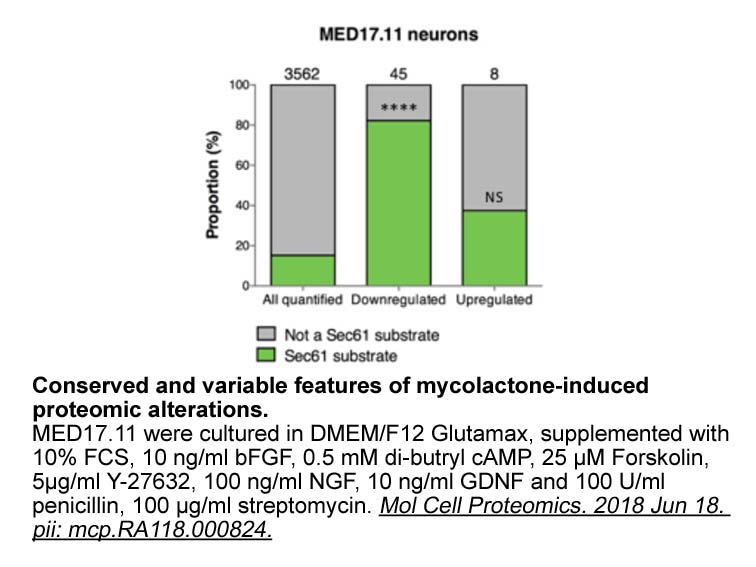
Conclusion Acknowledgments Introduction The gyloxalase pathway is a well-conserved antioxidant defense system found in all cells of the body [1], [2], [3], [4]. The glyoxalase pathway facilitates the neutralization of highly reactive and oxidizing dicarbonyl molecules, with methylglyoxal (M
15657 records 429/1044 page Previous Next First page 上5页 426427428429430 下5页 Last page